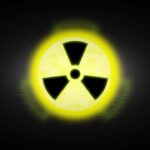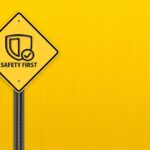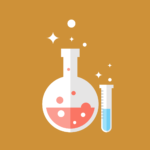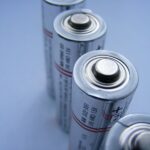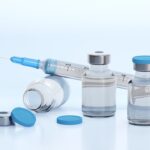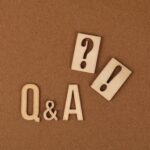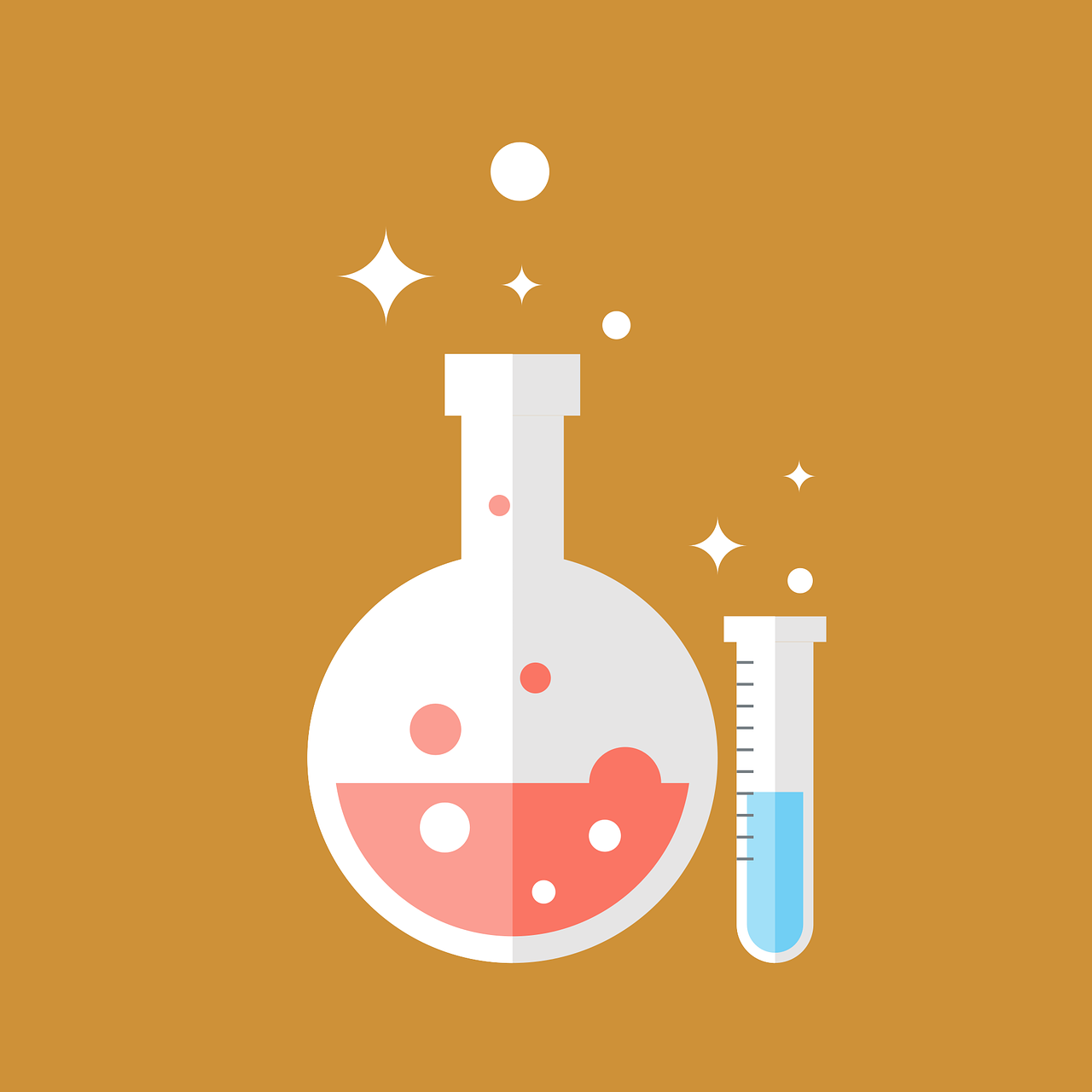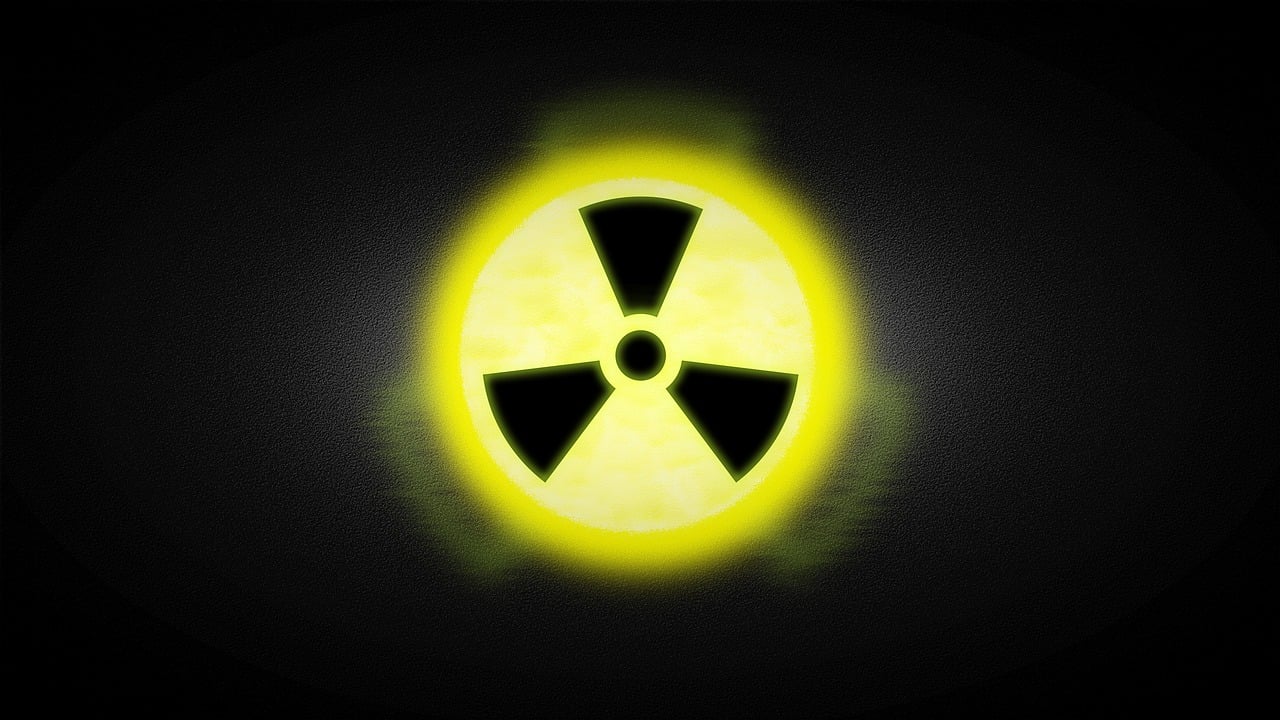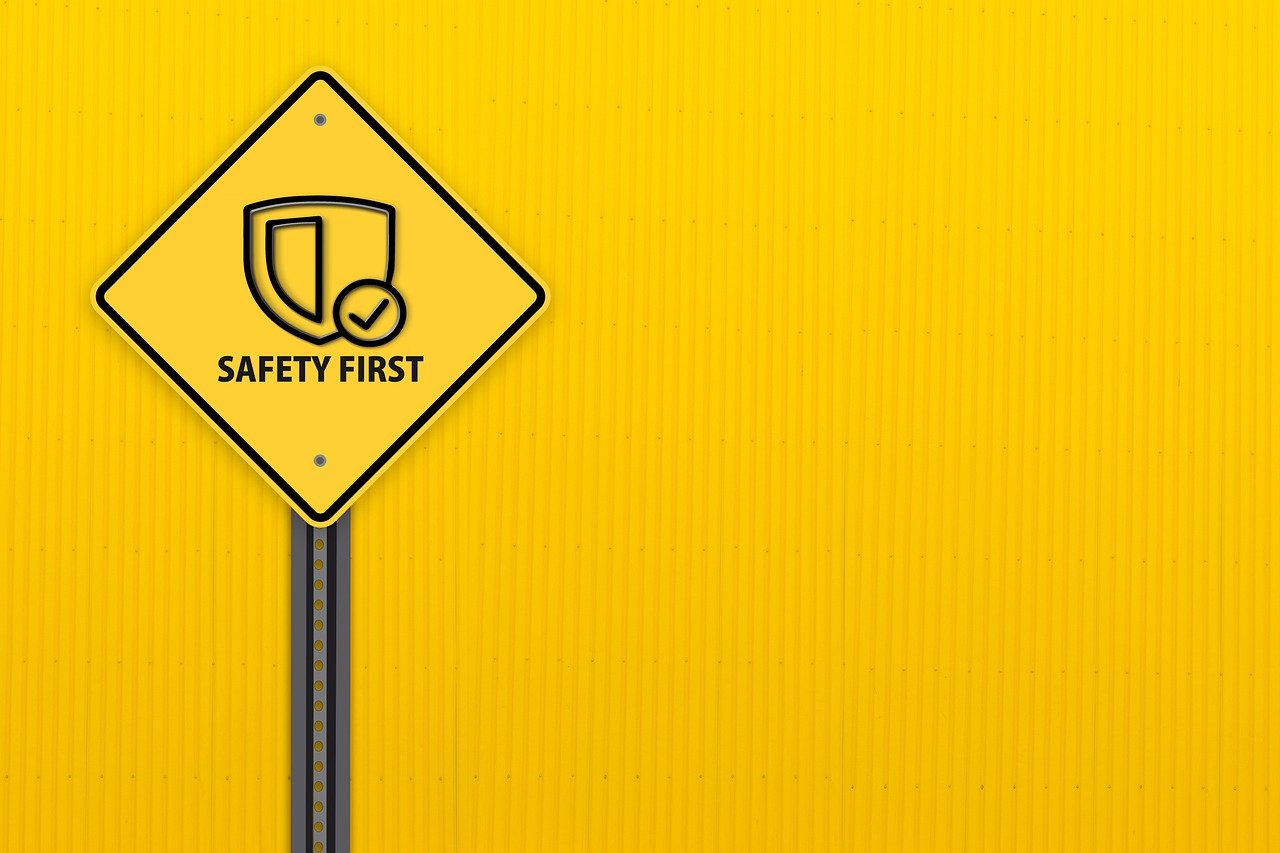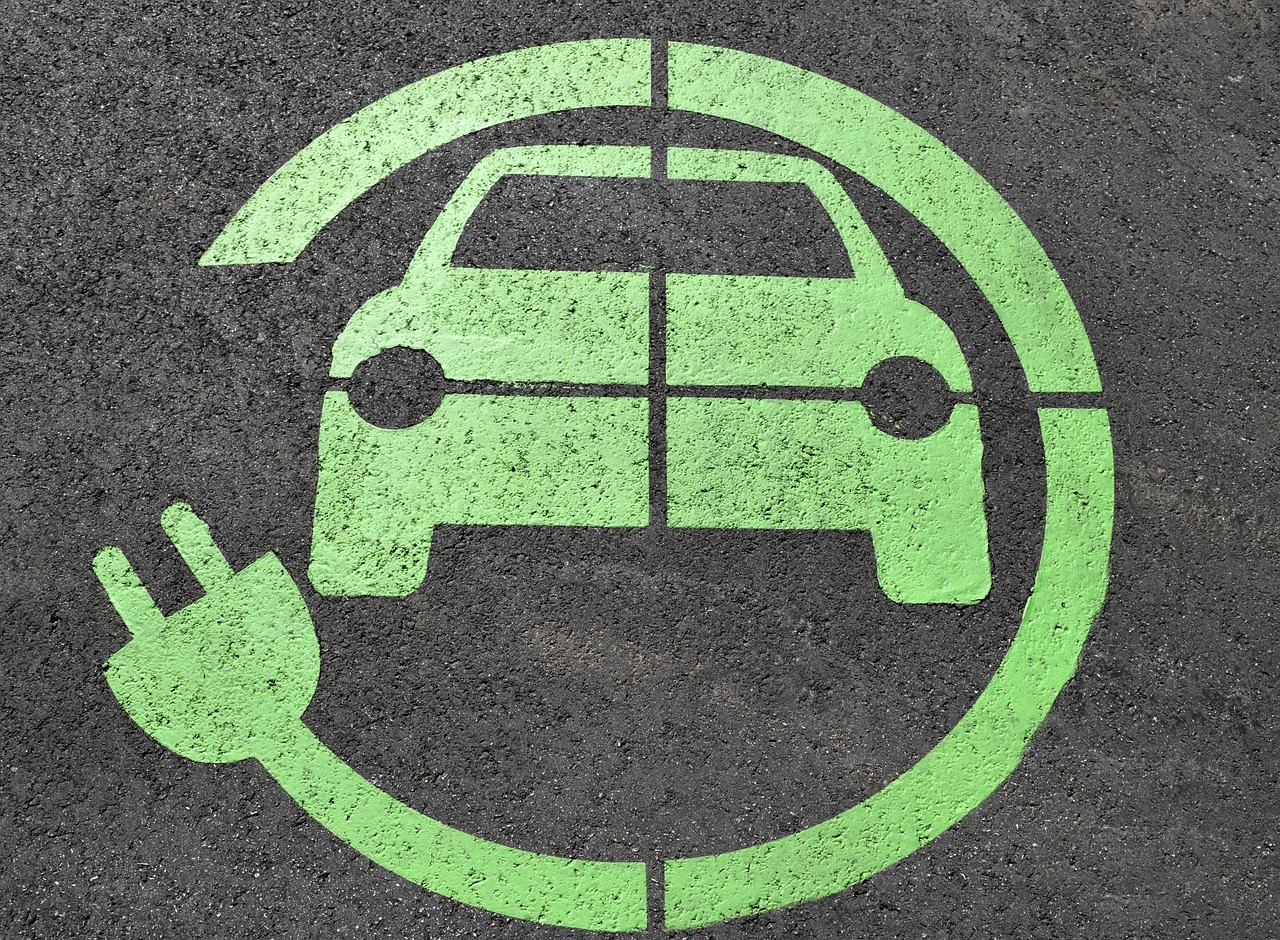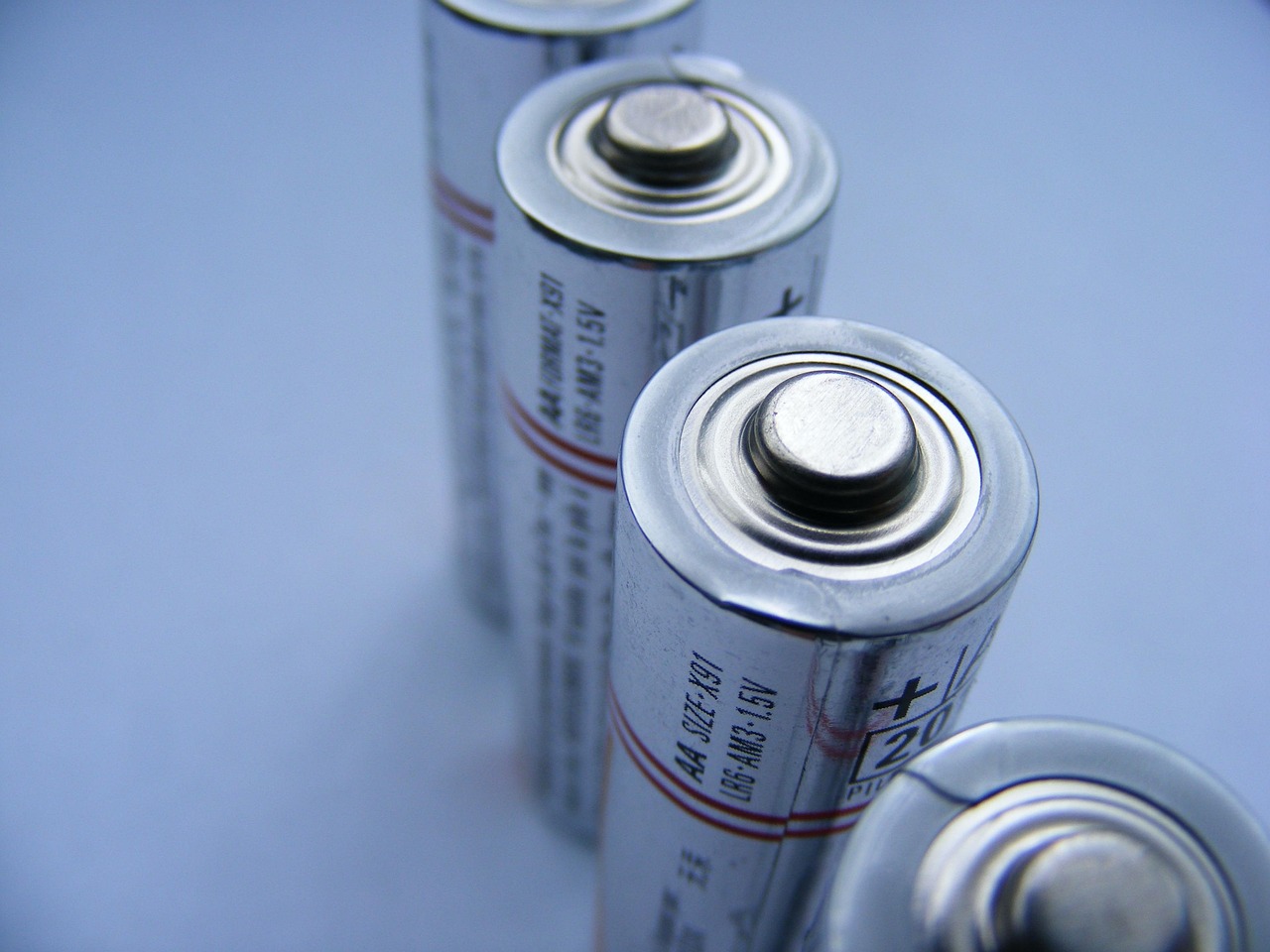Walk through any supermarket, beauty shop, or online retailer and you will see the phrase “chemical-free” splashed across labels and advertisements. It appears on everything from skincare serums to household cleaners and even food packaging. The phrase is meant to reassure consumers: this product is safe, pure, and natural—something you can trust. But despite how appealing the term sounds, it is scientifically inaccurate and often deeply misleading.
The rise of “chemical-free” marketing reflects a broader cultural trend—the increasing fear of chemicals, or chemophobia. Fueled by complex ingredient names, environmental concerns, and a general mistrust of industrial processes, consumers have grown wary of anything that sounds synthetic or scientific. Marketers have capitalized on this fear, using language that suggests purity while obscuring the real science of what chemicals are and how they work.
To understand why “chemical-free” is misleading, we must start with the most fundamental truth: it is impossible for anything to be chemical-free. Once we examine the meaning of the term “chemical,” the misconceptions about natural versus synthetic substances, and the regulatory and ethical concerns related to such claims, the flaws in the phrase become clear.
Everything Is Made of Chemicals
At its core, the word chemical refers to any substance with a defined composition, whether naturally occurring or man-made. Water is a chemical—H₂O. Oxygen is a chemical. The sugars, proteins, fats, and acids that make up your body are all chemicals. Even the air around you consists of chemical compounds.
For a product to be truly “chemical-free,” it would need to consist of nothing at all. That means no water, no fragrance, no oils, no minerals, no plant extracts—not even the packaging. Such a product cannot exist in any meaningful sense.
When companies claim a product is “chemical-free,” they are not using the scientific definition of the word. Instead, they rely on consumers’ assumption that “chemical” means something artificial, harsh, or harmful. In practice, the phrase usually means something closer to:
free from synthetic chemicals
free from certain controversial ingredients
made with plant-derived components
But the phrase suggests that the product contains no chemicals whatsoever, which is inherently false.
The continued use of this misleading terminology reinforces a misunderstanding about chemistry and fuels unnecessary fear about ingredients that may be perfectly safe at the levels used.
Natural Does Not Automatically Mean Safer
The phrase “chemical-free” also taps into another common misconception: that natural substances are safer than synthetic ones. This belief is rooted in romantic ideals about nature as pure and non-harmful, contrasted with industry and laboratories as sources of contamination.
But from a scientific standpoint, this assumption does not hold up.
Nature produces some of the most dangerous substances known. Poison ivy contains urushiol, a powerful skin irritant. Arsenic occurs naturally in soil and water. Botulinum toxin, one of the deadliest compounds on earth, is produced by bacteria. Even essential oils—often marketed as “natural” and “chemical-free”—are made of potent chemical compounds that can cause allergic reactions, burns, or toxicity at high doses.
Conversely, many synthetic chemicals are designed to be safer, more stable, or more effective than their natural counterparts. Synthetic vitamin C, for example, is chemically identical to the vitamin C found in oranges. Laboratory-produced medications have saved millions of lives.
Safety is not determined by whether something is natural or synthetic. Safety depends on:
dose (how much is present)
exposure (how you come into contact with it)
toxicity (the inherent harmfulness of the substance)
individual sensitivity (allergies, health conditions, etc.)
Even water—arguably the most “natural” chemical of all—can be deadly in excessive amounts.
This leads to another important point: chemicals are not inherently dangerous. Risk arises from context, concentration, and usage, not from the mere presence of a chemical compound.
“Chemical-Free” Marketing Exploits Fear
Marketing teams understand that consumers can be intimidated by unfamiliar ingredient names. Something like methylisothiazolinone or sodium laureth sulfate looks scary on a label, even if the science behind their use is strong and regulated.
The phrase “chemical-free” takes advantage of this fear by offering reassurance without offering meaningful information. It replaces clarity with emotional appeal. Rather than educating consumers, it teaches them to distrust anything with a scientific-sounding name.
This can have several negative consequences:
1. Consumers may overpay
Products labeled as “chemical-free” or “all-natural” often come with higher price tags, even when they are no safer or more effective than their conventional alternatives.
2. Consumers may avoid beneficial ingredients
Scientific-sounding names can refer to completely safe, useful, or even essential ingredients. For example, tocopherol is vitamin E, and ascorbic acid is vitamin C.
3. Public scientific literacy suffers
When marketing replaces facts, the public’s understanding of chemistry becomes skewed. This affects trust in medicine, food science, and environmental research.
4. Fear-based marketing distracts from what really matters
The presence of a chemical is not what determines a product’s safety—its toxicity, concentration, and mode of exposure do. Focusing on the word “chemical” can distract from valid concerns such as allergens, contamination, or unethical production practices.
The Regulatory Landscape: Why the Term Isn’t Official
Government bodies such as the FDA (Food and Drug Administration), EPA (Environmental Protection Agency), and FTC (Federal Trade Commission) do not acknowledge or define the term “chemical-free.” From a regulatory standpoint, it is scientifically meaningless, which makes it legally difficult to enforce.
Instead, regulators require specific claims. For instance:
“paraben-free”
“phthalate-free”
“fragrance-free”
“no synthetic dyes”
These claims refer to identifiable ingredients or classes of ingredients that can be tested and verified. “Chemical-free,” by contrast, is too vague to evaluate.
This regulatory gap allows companies to use the phrase liberally, even when the claim has no scientific basis. The lack of accountability makes it ripe for misuse.
Lack of Transparency: The Real Issue Behind the Phrase
By using “chemical-free” as a blanket term, brands often reduce transparency rather than increase it. Consumers may feel reassured that the product is safe but walk away without knowing anything meaningful about the ingredients.
Clear, honest labeling would communicate:
What substances are actually used
Why those substances are included
How they function in the formulation
What safety data supports their use
Instead, “chemical-free” lumps all chemicals together as something to be avoided, eliminating nuance and discouraging informed decision-making.
Transparency is especially important for people with allergies, sensitivities, or medical conditions. Vague promises are not helpful for someone trying to avoid specific allergens like lanolin, fragrances, or preservatives.
More Honest Alternatives to “Chemical-Free”
If companies want to convey that a product is gentle, safe, or natural, there are more truthful and scientifically accurate ways to do so. Instead of the misleading “chemical-free,” brands could use terms such as:
plant-based ingredients
made without synthetic additives
biodegradable formula
no artificial fragrances
non-toxic
free from specific chemicals (e.g., parabens, phthalates, sulfates)
These statements don’t pretend that chemistry doesn’t exist. They provide concrete, testable information that helps consumers make informed choices.
Moreover, companies can support their claims with data, certifications, or third-party testing—something impossible to do with the blanket term “chemical-free.”
Conclusion: Why Language Matters
In a world where misinformation spreads quickly, especially across digital platforms, the language we use to describe products matters. Words shape perceptions, influence buying decisions, and affect how people understand science.
The term “chemical-free” is more than just inaccurate—it reinforces a misunderstanding about the natural world and obscures the real factors that determine safety. Everything is made of chemicals, from the food on your table to the cells in your body. Chemistry is what allows us to cook, clean, grow, heal, and innovate.
Rather than rejecting chemicals outright, consumers benefit most from understanding which chemicals are in a product, why they are there, and how they affect health and the environment. Honest, precise language empowers people to make choices based on evidence, not fear.
The next time you see a “chemical-free” label, you can read it with a critical eye. Rather than assuming purity or safety, ask the more important questions: What ingredients are actually included? What does the company mean by this phrase? Does the product have data or certifications to support its claims?
By moving beyond misleading marketing language and toward genuine transparency, we can foster a more informed, scientifically literate, and empowered consumer culture—one where chemistry is not feared, but understood.

